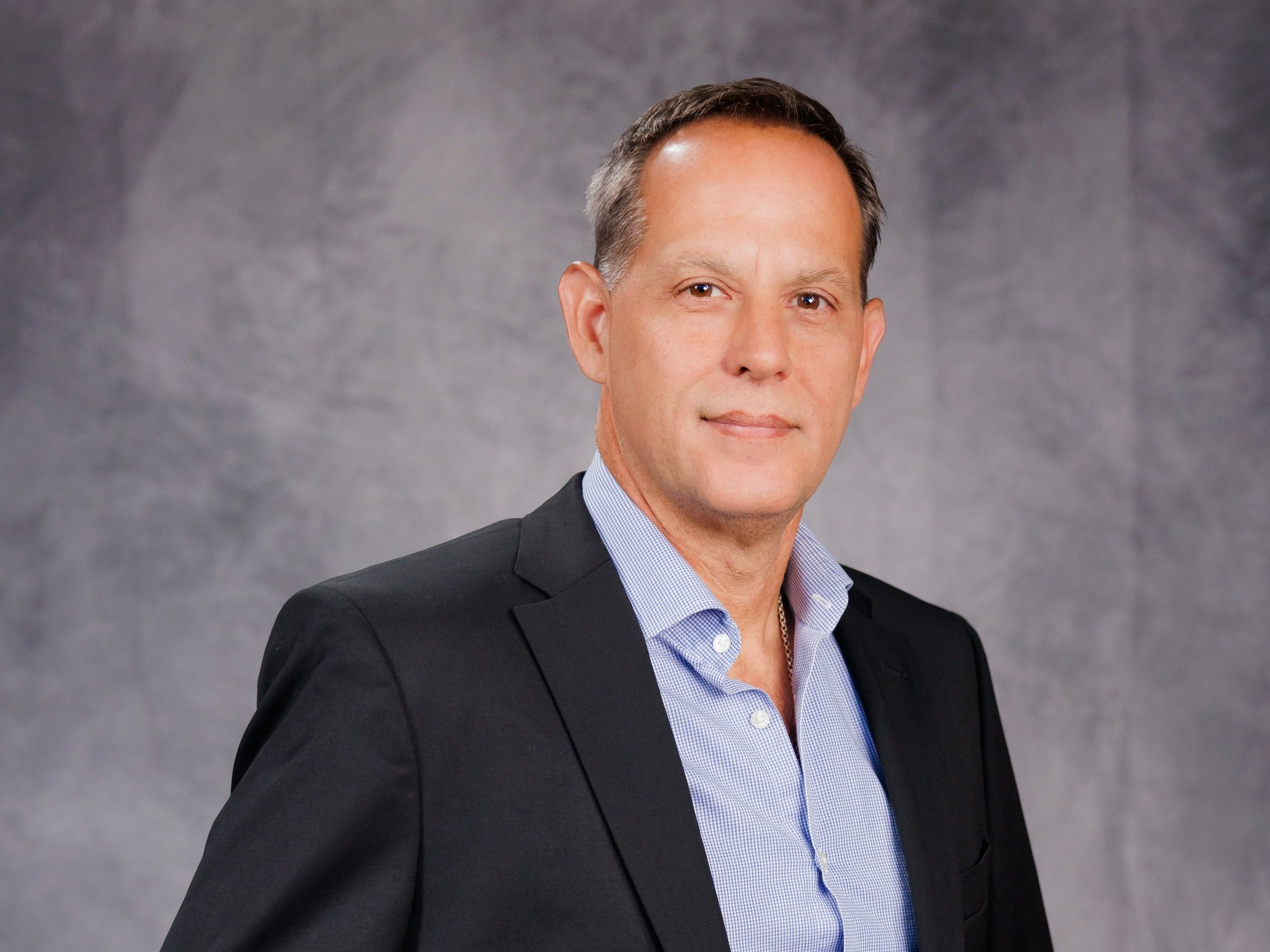FV Bank Offers Instant Conversion of Tether to Dollars in Customer Accounts
The move could greatly expand how investors deploy stablecoins in lending and decentralized finance

FV Bank, the Puerto Rico-based financial institution that caters to digital-asset investors, is now allowing customers to instantly convert the stablecoin Tether into U.S. dollars as part of the deposit process.
The bank has offered the same service for the stablecoin USDC since 2021, and furthers its history of being one of the first banks to integrate stablecoins as a deposit method.
Tether is the world’s leading stablecoin with a market cap of $136 billion, while USDC is number two at $40 billion, according to CoinMarketCap.
“We are the entity that facilitates the exchange of value from crypto to dollars,” Chief Executive Officer Miles Paschini said in an interview before the Tether news was announced. While based in Puerto Rico, the bank must comply with all U.S. banking regulations, including know-your-customer and anti money-laundering protocols.
The Tether development puts FV Bank at “the forefront of regulated financial institutions offering comprehensive stablecoin on-ramp and off-ramp services,” Pashinini said in a statement today. “We have also seamlessly integrated our blockchain analytics tools to pre-screen and detect transactions which may be linked to sanctions or AML activity.”
Cryptocurrency traders who want to convert their Tether to a fiat currency like the U.S. dollar typically have to sell their Tether for dollars at an exchange and then wire that money to their bank account. That costs money in terms of exchange and bank-wire fees and the time it can take, usually several days, to get the cash in the bank account. The FV services for Tether and USDC sidestep all that.
In the interview, Paschini said the future of banking will be a hybrid and more fluid with how firms manage their assets.
“We need to create more utility for the dollar, not less,” he said. “By giving the average person greater access to yield their dollar, we will have more people holding the dollar.”
Stablecoins typically yield more than dollars in a savings account. For example, investors can earn 4.1 percent from loaning Tether, 7.3 percent for USDC and 5.8 percent for PayPal’s stablecoin, according to data compiled by Bitcompare. In comparison, the national average yield on savings accounts in the U.S. is 0.43 percent, according to the FDIC.
Stablecoins tend to offer high interest due to the counterparty risk of a defi protocol that’s offering those rates going under. There has also historically been a lack of dollars or similar fiat currency in digital form, increasing the demand for stablecoins and the yields they can command when loaned.
“Where this is getting interesting is with new products like BlackRock’s BUIDL, which is a tokenized money market account,” Paschini said, meaning the fund can trade in the same fashion as other on-chain assets. “We will offer this product as a digital asset that earns yield.”
Given regulatory ambiguity and the FDIC and other banking regulators restricting access to crypto firms, Pashchini said the issue isn’t as black and white as it seems.
“It’s a two-sided conversation,” he said. “There was an intentional crackdown on the space, but a lot of that was cracking down on the basics. The majority of the violations that have been cited in the consent orders are related to [Bank Secrecy Act] and AML violations. They’re not related necessarily to crypto.”
Paschini said there’s misunderstanding that led to the failure of the banks such as Silicon Valley Bank, Silvergate Bank and Signature Bank.
“There’s this unwritten but understood rule that banks shouldn’t have more than 15 percent of their deposits in crypto. That’s good advice for a bank who is a traditional fractional reserve bank. While I agree that it sounds very restrictive to tell a bank what their business model should be, the volatility of crypto deposits has historically been high.”
Paschini believes regulators could take a different approach, such as the portion of a portfolio that’s crypto related should be highly liquid.
“In our case, FV Bank is 100 percent reserve, and this means we do not make any loans from deposits, nor do we make any investments with a maturity of greater than 60 days and we only invest into US treasuries,” he said. “This enables us to manage any level of volatility in deposit levels.”
Michael Cahill, contributor to the Pyth Network, believes FV Bank represents the growing demand for unified financial solutions. “Their dual-licensed status and global digital banking platform provide a seamless experience for businesses and individuals navigating the evolving financial landscape,” Cahill said.
He said blockchain has a place in the banking system.
“While some might see custodial solutions as diverging from crypto’s ethos, the reality is that they expand the ecosystem by giving users more choices,” Cahill said. “This isn’t about losing what crypto set out to achieve; it’s about building bridges that bring more people into the future of finance.”
lead image: Miles Paschini
